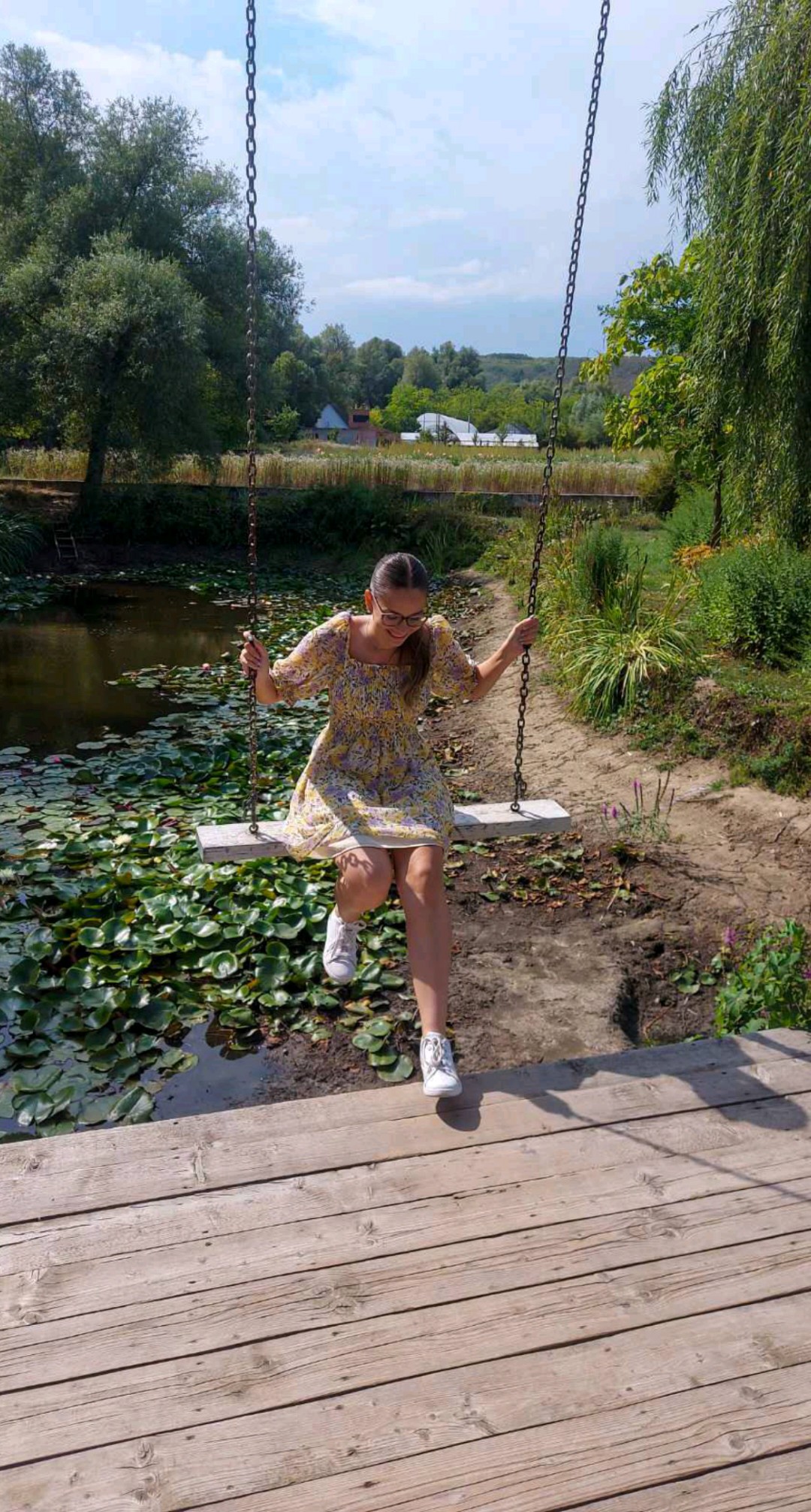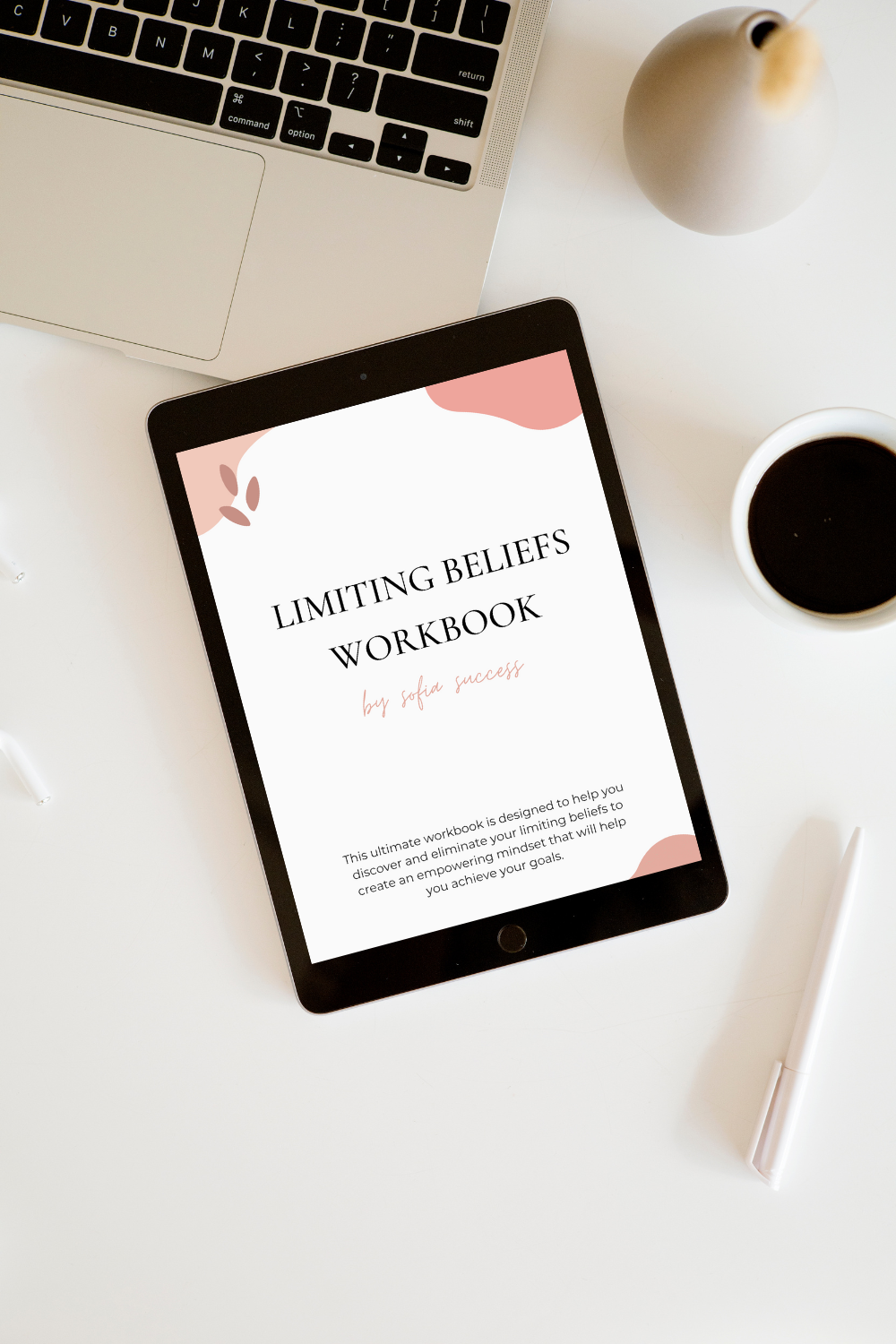This article is all about how to practice mindfulness throughout the day.
Can I tell you a secret? But you have to promise that you tell anybody, deal?
The time travel machine exists. In fact, it has existed for thousands of years. We just didn´t know it because it is very well hidden.
Do you want to know where it´s hidden?
In your mind. Our minds are time travel machines. Don´t believe me?
Has it ever happened to you that you are having a conversation with someone, or your doing something and you find yourself wondering about a situation in the past or about something that is going to happen in the future?
If the answer is yes, congratulations! You are a time traveler, you have been your whole life, and you just never realized it.
You may be a little disappointed now, I´m sure you were expecting a big scientific discovery hidden in area 51 or something like that. Or maybe you´re wondering what has anything of this to do with mindfulness.
Because we “time travel” a lot. A Harvard study demonstrated that in 47% of our lives, our minds are wandering. That means that half of the time our minds are in another place. Can you imagine missing half of your life? Because that is what happens when we constantly let our minds wander, instead of being in the present moment.
I am not saying that we should always be in the present moment, that´s impossible. What is possible is increasing our awareness and attention to what is happening right here, right now.
Isn´t that something worth trying?
We live and think as if we had a second life or a third. But we don´t, we only have one, and it´s quite sad that we are missing out on so much of it.
So what method can we use to increase our awareness and attention to the present moment? How can we train our minds to be here and now? With Mindfulness…

What is Mindfulness practice?
If you look on the internet for the definition of mindfulness, you can find thousands of definitions and explanations, but the one thing they all have in common is the interpretation that mindfulness is the art of living consciously. It means paying attention on purpose to the present moment without any judgment of the emotions or sensations that you are feeling.
People often think that mindfulness meditation -and meditation itself- is about stopping thoughts, getting rid of emotions, and controlling our minds…
But it’s more about stepping back and seeing the thoughts clearly, seeing emotions and thoughts coming and going in and out of your mind without judgment but with a relaxed and open mind. It´s about training your mind to be here, instead of time-traveling to the future or the past.
Mindfulness is not a trait, but rather a state. One in which we open and receive the present moment, whether is pleasant or unpleasant, just as it is.
The importance of what we pay attention to
But mindfulness is not just about paying attention, but about HOW we pay attention.
Mindfulness is not only the practice itself but also about the emotions that accompany it, about how we practice it.
It is possible to practice mindfulness from frustration, from judgment.
For example, when you first start practicing mindfulness, it may be difficult to concentrate, to watch your thoughts from an observant position. You may feel frustrated and angry at yourself for not being able to enter that state of calmness, and judgment-free.
In that case, you are not practicing mindfulness, you´re practicing mindfulness with frustration and anger. You are practicing the opposite emotions of acceptance and calmness.
It´s not only important the practice, but what we pay attention to and what emotions accompany us.
You may think that paying attention to the present moment and training our mind to be here is something that we only practice when we are meditating, but that´s not true.
We are growing something in every moment. We are practicing every moment to pay attention and how not just when we practice mindfulness. And what we pay attention to, what we practice, grows.
Mindfulness is internationally paying attention with kindness, acceptance, and an open mind.
I want you to ask yourself:
What do I want to grow? What do I want to practice?
Is Mindfulness the same as concentration or awareness?
Mindfulness can sometimes be mistaken for concentration or awareness. So let´s understand the difference between the three of them.
Awareness can be defined as “having or showing realization, perception or knowledge”.
Although the practice of mindfulness involves awareness in several senses, a non-judgment attitude is also part of the practice. For example being aware that ice cream is on top of the table, doesn´t automatically mean that you are free from judgment about it.
On the other hand, concentration is the name we give “to the direction of attention to a single object or the state of being concentrated”.
This means that we have an intense focus on one stimulus, ignoring or not paying attention to the rest of the stimulus. When we are eliminating other things from our focus, we are not just “letting them exist”. Concentrating on one stimulus doesn´t mean that we accept or do not judge other areas that we are not paying attention to.
Benefits of mindfulness practice
Many studies have been made to discover and learn the many benefits that practicing mindfulness has. Let´s have a look at some of them.
- Improved working memory. Mindfulness training helps reduce memory loss. Many studies have proved the increase in working memory capacity.
- Heightened metacognitive awareness. This means the ability to detach from your feeling and mental processes. To step back from our momentary thoughts.
- Lower levels of anxiety. Many trials have proved the effectiveness of mindful meditation in patients diagnosed with anxiety.
- Reduced stress levels. Based on the study conducted by Bränström et al., cancer patients who practiced mindfulness had significantly reduced stress, compared to those who didn´t. They also showed more positive states of mind and fewer post-traumatic avoidance symptoms.
- Reduced emotional reactivity. When we practice mindfulness we master the art of disentangling ourselves from reacting to particular emotions and thoughts. The art of seeing thoughts as momentary and with a rational and clear-headed mind.
- Mindfulness meditation has proven to decrease in size of the amygdala, which is the fear center of our brain- where our negative thoughts and emotions come from.

To name a few more practicing mindfulness has proved to decrease not only stress levels as we previously learned, but cortisol levels too (a steroid hormone, released in response to stress and low blood glucocorticoid levels). As well as an improvement of mental health as mindfulness is a simple way of managing and understanding our negative emotions and thoughts.
On a more spiritual side, mindfulness helps us awaken from a life lived on autopilot mode. It helps reflect on the mind -the emotions, thoughts, and mental paths- and by reflecting on the mind the possibility of making choices and change becomes possible.
Mindfulness helps us see that things aren’t always as they appear. We can’t change every little thing that happens to us in life, but we can change the way that we experience it and how we react to it.
How to practice mindfulness?
Well, if mindfulness meditation is not about sitting cross-legged on the floor and leaving your mind blank, then what is it about? How do I meditate?
Mindfulness can be practiced in many different ways. Starting from the simplest practice, which could be taking 5 minutes out of your day to just focus on your breathing, or more complex ones like enrolling in a mindfulness program from an app or a professional.
The purpose of the simpler practice is to stop our mind from wandering to the past or the future and concentrate on the present moment on what is happening around us. More complex or longer methods also involve the practice of becoming observant of our thoughts and our emotions without judging them.
The decision is yours, choose the option that interests you the most and starts investigating it and applying it to your life.
Daily mindfulness activities
- Body scanning:
Lye on your back. From head to toe or toe to head, slowly focus your attention on each area of your body. Stopping at each body part to become aware of the physical sensations and emotions you feel.
- Walking meditation:
Slowly walk in a quiet place. Become aware of the movements of your body and the sensations of your feet striking the ground.
You can even try it when walking somewhere specific. Focus your attention on what you are doing. Focus on how each step feels, how the wind touches your skin, you´re clothes. Notice the sounds that surround you, the colors, the smells…
- Sitting meditation:
In a comfortable seated position breathe throughout your nose and focus your attention on each breath, on how the air enters your lungs through your nose when you inhale and how the air exits the lungs through the mouth when you exhale.
- Yoga and pilates:
The interesting thing about yoga and pilates practices is the attention they pay to breathing. This small detail and exercise forces you to concentrate on the practice, the postures, and the movements of your body.
How to practice mindfulness throughout the day
- Paying attention to sights, smells, sounds, and textures.
- Carpe Diem, concentrate on what is happening here and now. Concentrate on the colors you see, the sound you hear, the smells you identify, and how your body feels. Notice your feet on the ground, the position they are in…
- Accept yourself, and speak kind words to yourself. Remember that an important part when practicing mindfulness is not judging your emotions and thoughts as they come, but simply observing and accepting them.
- Reserve five minutes of your day to just focus on your breathing, on how the air flows in and out every time you inhale and exhale.
Each path and method is an invitation to wake up, and experience the usefulness of your life and the present moment.
6 Tips for practicing Mindfulness
1. Stop reading and take a few minutes to focus on your breath.
Focus on how the air flows in and out of your lungs. How your tummy rises and falls with each breath you take. In and out. Inhale, exhale.
2. You don´t need to fill every last minute of your day with activities. It´s okay to just… exist.
Just exist and relax. Remember, it´s about being in the here and the now.
3. You can always start again if you feel yourself turning back towards thinking.
Just take a deep breath, and return to that observant position. Focus on your body, the smell, the noises, the sounds…
4. Remember to have a non-judgmental attitude toward your thoughts and emotions.
When you start practicing mindfulness, you may notice that you become more aware of your thoughts and emotions. Remember not to judge them, but to accept them with open arms.
5. Any opportunity is a good opportunity to practice mindfulness.
As we learned earlier, mindfulness cannot only be practiced when we meditate. We can enter a state of mindfulness while we are driving, brushing our teeth, drinking water… The opportunities are infinite!
6. When was the last time you enjoyed nature?
Surrounding yourself with relaxing places like meadows or even your garden can easily help you to enter a state of mindfulness.
Final thoughts on how to practice mindfulness
In this article, we learned about mindfulness. A practice that all of us can try to train our minds to be here, to live life consciously instead of constantly time traveling to the future or the past.
An important part to have in mind when practicing mindfulness is to become observant of our thoughts without any judgment, but rather with an open mind and acceptance arms.
We have discussed the many benefits that practicing mindfulness has, like reduced levels of stress and anxiety, better mental health, and an increased working memory capacity among others.
Mindfulness is an accessible exercise that can be practiced by anyone, anywhere, and at any time, even when you are driving or walking somewhere while walking the dog or even eating.
If you still have doubts about trying it, ask yourself this question, have you ever heard someone saying that mindfulness ruined their life? What is the worst thing that could happen?





0 Comments